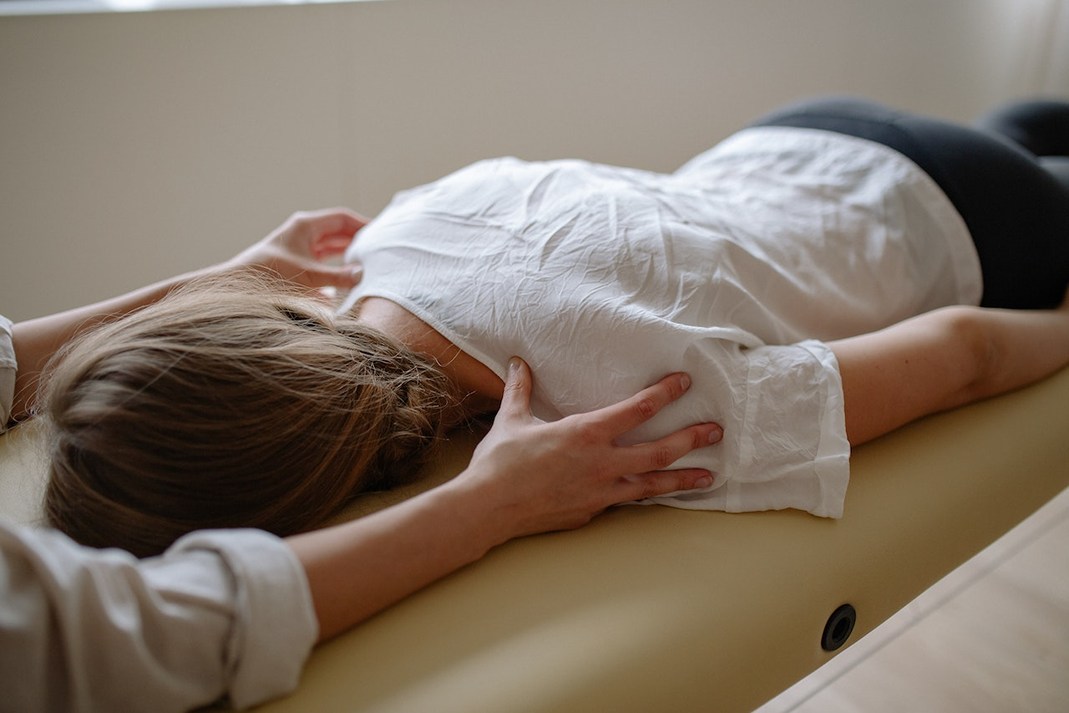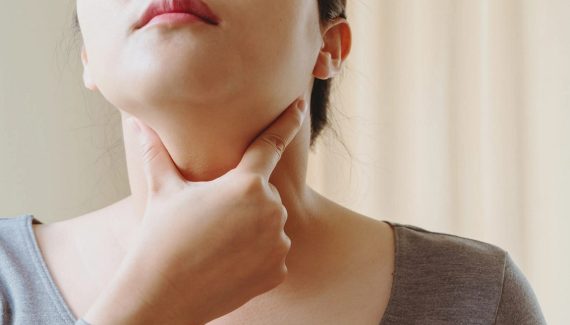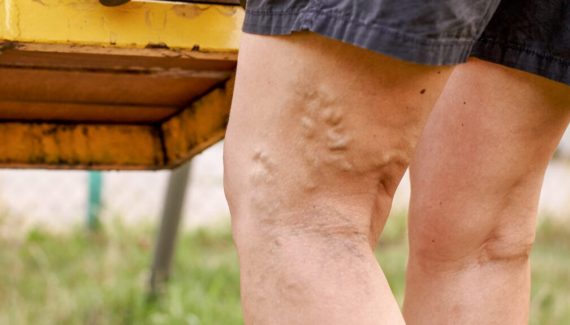Experiencing a stroke can be a life-changing event. In addition to the immediate medical implications, survivors often confront a variety of physical, cognitive, and emotional challenges. As they embark on the path to recovery, rehabilitation becomes an essential component to help them return to a life of normalcy and independence. At the forefront of this rehabilitation process is physiotherapy. This therapeutic intervention aims to assist stroke survivors in regaining their lost functions, strength, and movement, acting as a key component in the post-stroke recovery process.

Contents
How Physiotherapy Can Aid In Recovery
In this detailed guide, we’ll delve deeper into the expansive role of physiotherapy in aiding stroke recovery. By highlighting its varied techniques and methods, we hope to provide a better understanding of its transformative potential for those affected by strokes.
1. The Vitality Of Early Mobilization:
Immediate action post-stroke is essential. As soon as it’s medically viable, the survivor should start moving, even if it’s just a little. Early mobilization isn’t just about regaining physical functions; it’s also about preventing potential complications arising from extended inactivity, such as blood clots in the legs which can escalate into serious conditions if they migrate to the lungs.
Physiotherapy, during this early stage, emphasizes gentle, yet effective exercises to mitigate risks such as respiratory problems, pressure sores, and the aforementioned blood clots.
Institutions with specialized facilities, like a well-regarded wellness center NYC, offer the advantage of a well-rounded team of healthcare specialists. These professionals, with their collective expertise, ensure that the patient’s early rehabilitation journey is both effective and safe.
2. Focusing On Motor Skill Refinement And Strengthening Techniques:
A pronounced aftermath of a stroke is the evident weakness or immobility on one side of the body. This asymmetry necessitates specialized exercises targeting muscle coordination, strength, and motor skill enhancement.
Physiotherapists employ repetitive tasks, such as holding, gripping, and moving objects, to foster improvement in these areas. These regimented exercises, over a period, can aid stroke survivors in not only regaining their physical strength but also boosting their confidence in handling everyday activities.
3. Perfecting Walking Through Gait Training:
Walking, a seemingly simple activity, requires intricate coordination among various muscle groups. For stroke survivors, challenges like imbalance, foot dragging, or weakened leg muscles can make walking a daunting task.
Here’s where gait training, a hallmark of physiotherapy, steps in. This includes supported walking exercises, treadmill routines, and the occasional use of assistive devices, all aimed at refining the walking pattern and building endurance.
4. Harnessing The Power Of Neuromuscular Electrical Stimulation (NMES):
Neuromuscular Electrical Stimulation, abbreviated as NMES, represents a cutting-edge approach in the arena of physiotherapy.
Through this technique, controlled electrical currents are directed towards specific muscle groups, primarily those weakened or paralyzed due to a stroke. This isn’t merely about eliciting a muscle twitch. The electrical impulses are carefully calibrated to initiate muscle contractions, thereby activating the dormant or weakened muscle fibers. The consistent use of NMES over time can bring about a commendable enhancement in muscle tone, strength, and responsiveness.
Furthermore, an added advantage of incorporating NMES in post-stroke rehabilitation is the prevention of muscle atrophy, a common concern where muscles waste away due to inactivity. With each session, NMES endeavors to revitalize these muscles, infusing them with renewed strength and purpose, ensuring they remain functional and robust.
5. The Miraculous Effects Of Mirror Therapy:
Mirror therapy might sound like something pulled out of a magical realism narrative, but its roots are deeply entrenched in scientific reasoning and tangible outcomes. The premise of mirror therapy is both ingenious and simple. In a typical session, the stroke survivor is instructed to move their unaffected limb in front of a mirror. The visual reflection creates a compelling illusion, making it appear as if the affected limb is moving in symmetrical harmony with its counterpart.
This optical illusion does more than just deceive the eyes; it engages the brain in a profound manner. The brain, witnessing this synchronized movement, gets stimulated, potentially reigniting neural pathways that contribute to motor function in the affected limb. While the complete mechanics of how mirror therapy induces recovery remain a subject of ongoing research, numerous stroke survivors have attested to its transformative impact. Through consistent engagement with this therapy, many have witnessed palpable improvements in their motor skills, making it a valuable addition to the rehabilitation toolkit.
6. Regaining Balance Through Vestibular Rehabilitation:
Our innate sense of balance, so integral to everyday activities, arises from a synchronized dialogue between the inner ear and specific sections of the brain. Following a stroke, this once seamless interaction can become disrupted, resulting in disorienting symptoms. These manifestations, which can range from vertigo to relentless dizziness and a persistent sense of instability, can be deeply distressing for stroke survivors, curtailing their mobility and independence.
Vestibular Rehabilitation Therapy (VRT) serves as a specialized intervention, specifically designed to target and rectify these balance-related anomalies. By employing a blend of exercises that challenge and retrain the body’s balance system, VRT aims to restore the brain’s capability to process motion and spatial orientation accurately. These exercises might include head movement routines, eye tracking tasks, or even specific postural shifts that encourage the body to recalibrate its sense of balance. Over time, as the brain adapts and retrains itself through consistent VRT sessions, patients often experience a significant reduction in symptoms, paving the way for improved mobility and a heightened sense of self-assurance.
7. Exploring Recovery In Water With Aquatic Therapy:
The rejuvenating embrace of water has long been recognized for its therapeutic properties. In the context of post-stroke rehabilitation, water assumes an even more pivotal role, offering a unique environment that marries both support and resistance. Aquatic therapy, a specialized form of physiotherapy conducted in water, leverages these intrinsic properties to curate exercises tailored for stroke survivors.
Water’s buoyancy acts as a gentle cushion, counteracting gravity and facilitating easier movement for limbs that might be weak or partially paralyzed. This buoyant support ensures that patients can engage in exercises without the fear of falls or undue strain. On the flip side, water’s inherent resistance, which increases with the speed of movement, serves as a natural medium for strength training. Exercises that might be challenging or impossible on land suddenly become achievable within the supportive cocoon of water.
Additionally, the hydrostatic pressure of water can aid in reducing edema (swelling), while the sensory stimulation from water can enhance proprioceptive feedback. This immersive experience often results in improved muscle tone, enhanced joint flexibility, and overall better coordination. With each aquatic session, patients not only move closer to their physical rehabilitation goals but also enjoy the mental relaxation and well-being that water invariably brings.
8. Embracing Functional Electrical Stimulation (FES):
Functional Electrical Stimulation, commonly referred to as FES, distinguishes itself from broader muscle stimulation techniques by its precision and task-specific focus. While methods like NMES emphasize general muscle activation, FES takes a more nuanced approach. The core idea behind FES is to target and stimulate specific muscle groups that play a pivotal role in functional tasks, facilitating a smoother performance of daily activities.
For instance, during the simple act of walking, FES can be ingeniously employed to aid a stroke survivor in lifting their foot more naturally, ensuring a well-coordinated and less strenuous gait. By concentrating on such detailed functionalities, FES not only accelerates the recovery process but also makes it more holistic, addressing even the minutiae of motor skills.
9. Expanding Movement With Range Of Motion Exercises:
Post-stroke, many survivors grapple with the challenges of stiffness and spasticity, which can become significant barriers in their quest for free movement. Physiotherapy, with its profound understanding of muscular and joint dynamics, introduces a spectrum of range of motion exercises to counter these challenges.
These exercises are meticulously curated to blend both active and passive movements. Active exercises involve the survivor voluntarily moving their limbs, fostering muscle strength and coordination. On the other hand, passive exercises, often conducted with the assistance of a therapist, focus on gently moving and stretching the affected limb to maintain joint flexibility, alleviate discomfort, and prevent the dreaded contractures—permanent shortening of muscles and tendons.
By progressively integrating these exercises into the rehabilitation routine, survivors can experience a noticeable expansion in their movement range, ensuring a more dynamic and pain-free mobility.
10. The Underestimated Power Of Education:
Rehabilitation, while majorly physical, is also significantly psychological and informational. Recognizing this, physiotherapy places a paramount emphasis on not just physical exercises but also on the dissemination of valuable knowledge. This educational facet serves as a robust pillar of the rehabilitation process, enlightening both the patient and their family members. By understanding the intricacies of stroke recovery, setting realistic and aspirational goals becomes more feasible.
Additionally, this knowledge repository arms them with the tools to anticipate potential challenges, formulate informed decisions, and strategize solutions. More than just facts, this educational process instills a renewed sense of hope, determination, and self-efficacy in survivors and their families, ensuring they are mentally fortified to navigate the winding road of recovery.
In Closing
Physiotherapy, with its multifaceted techniques and interventions, stands as a cornerstone in the intricate process of stroke rehabilitation. For survivors, this therapeutic journey offers a beacon of hope, promising a return to normalcy and an enhanced quality of life. With persistence, expert guidance, and the unwavering support of loved ones, monumental recovery strides are achievable. Embrace physiotherapy as an ally in this transformative journey towards regaining autonomy and thriving post-stroke.


